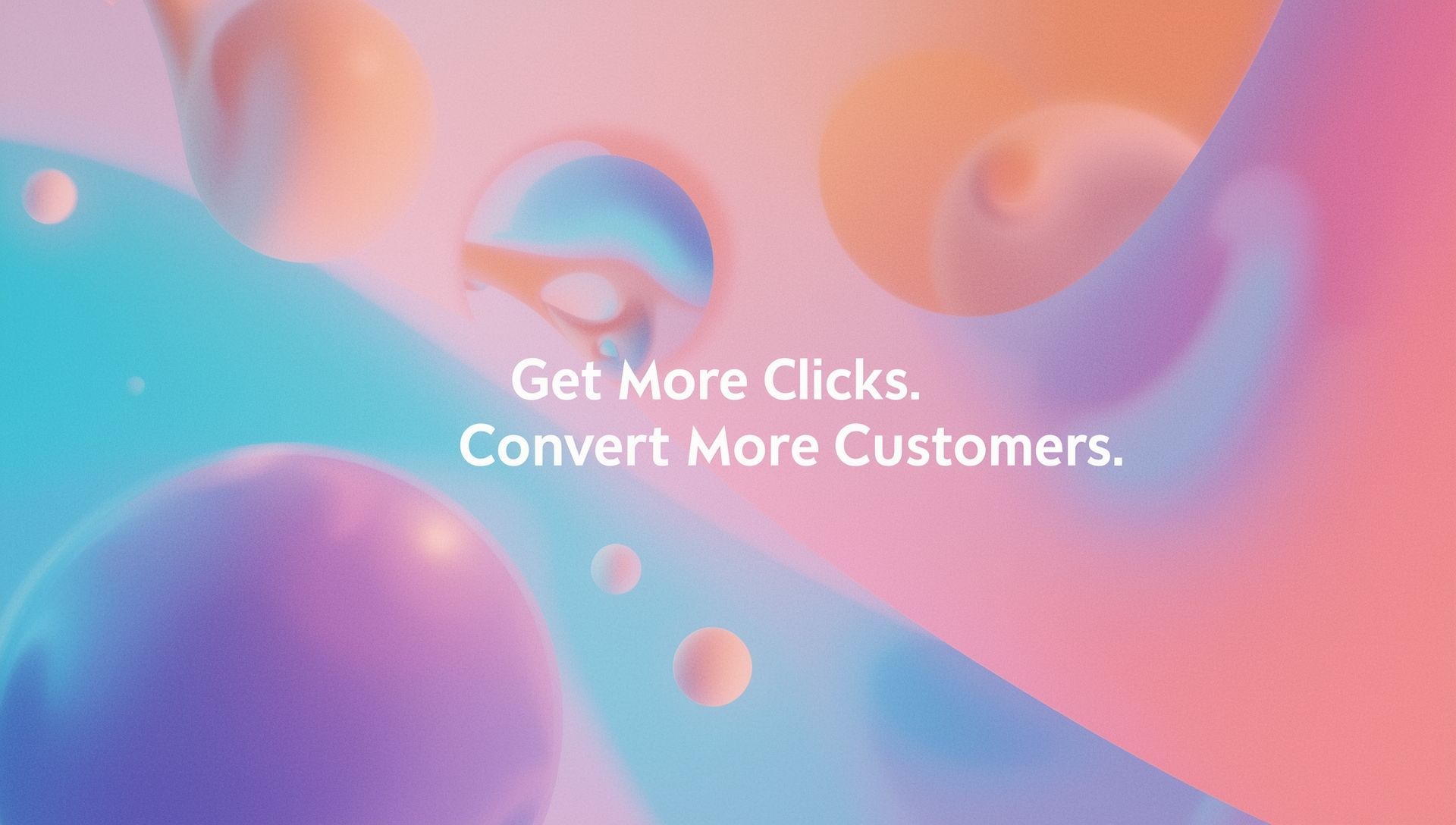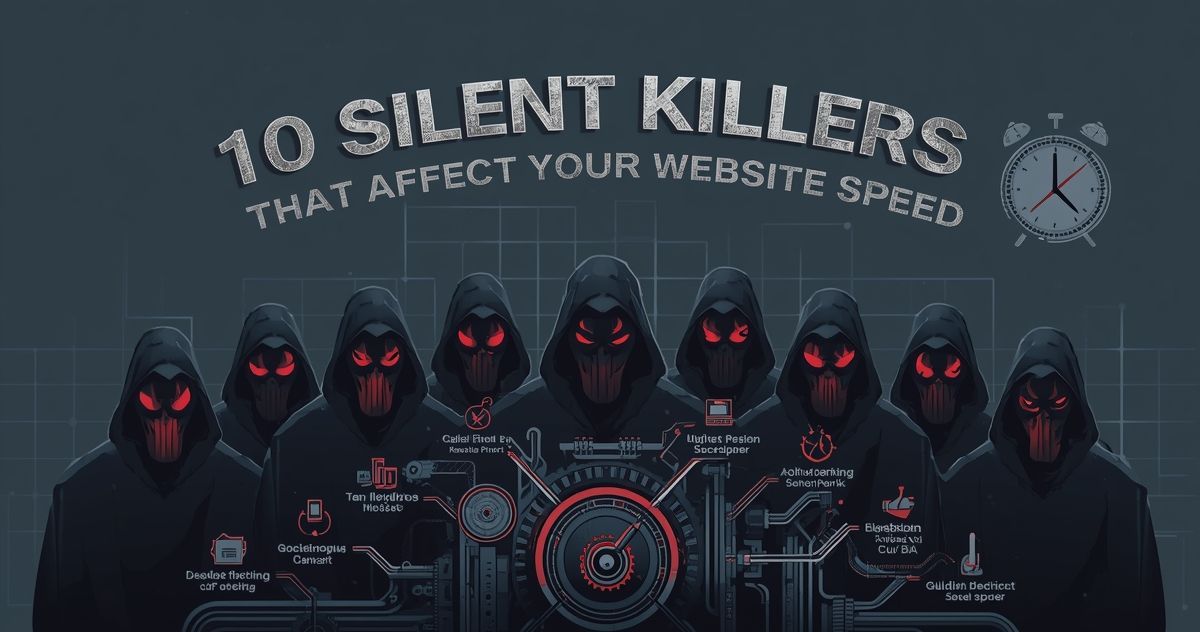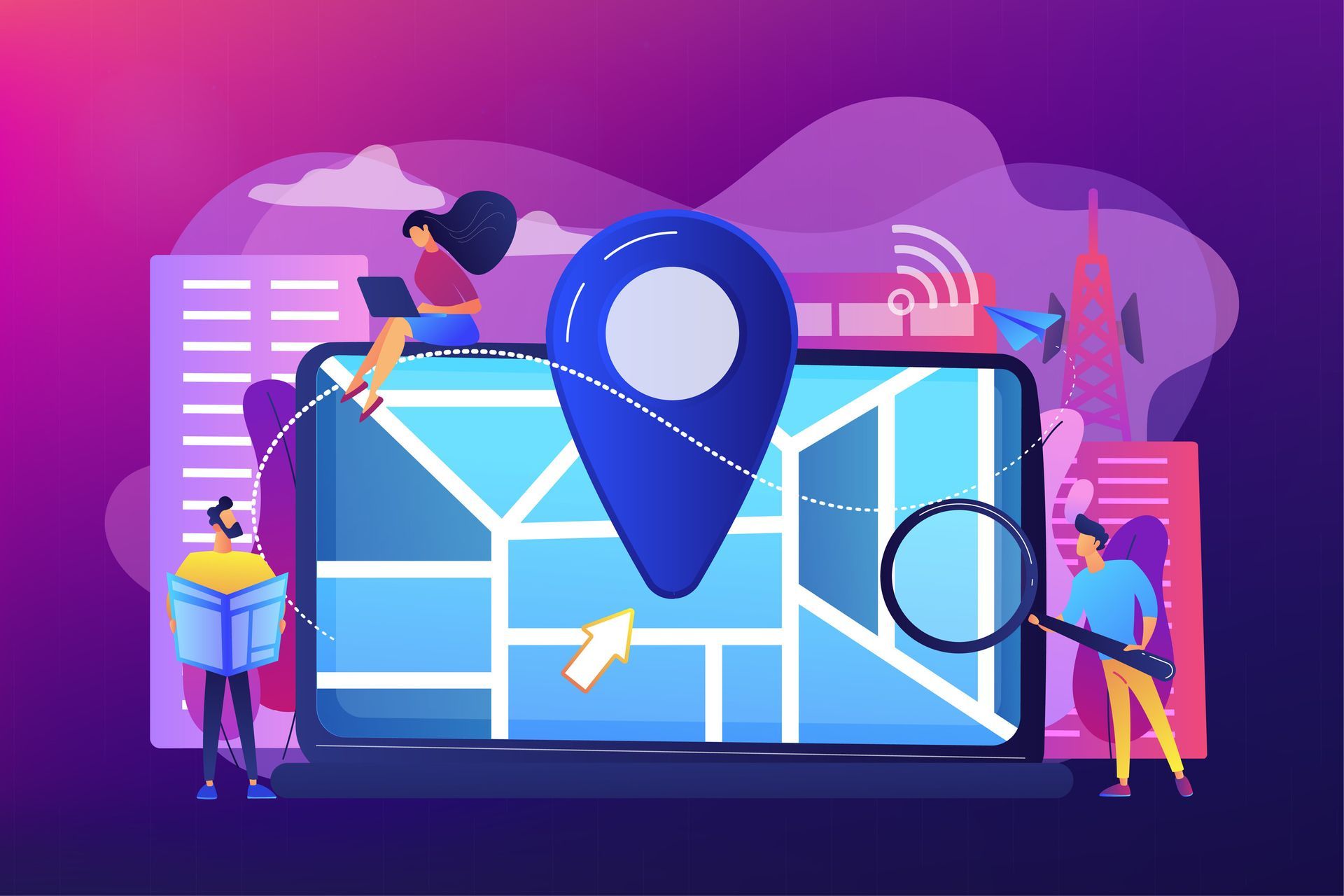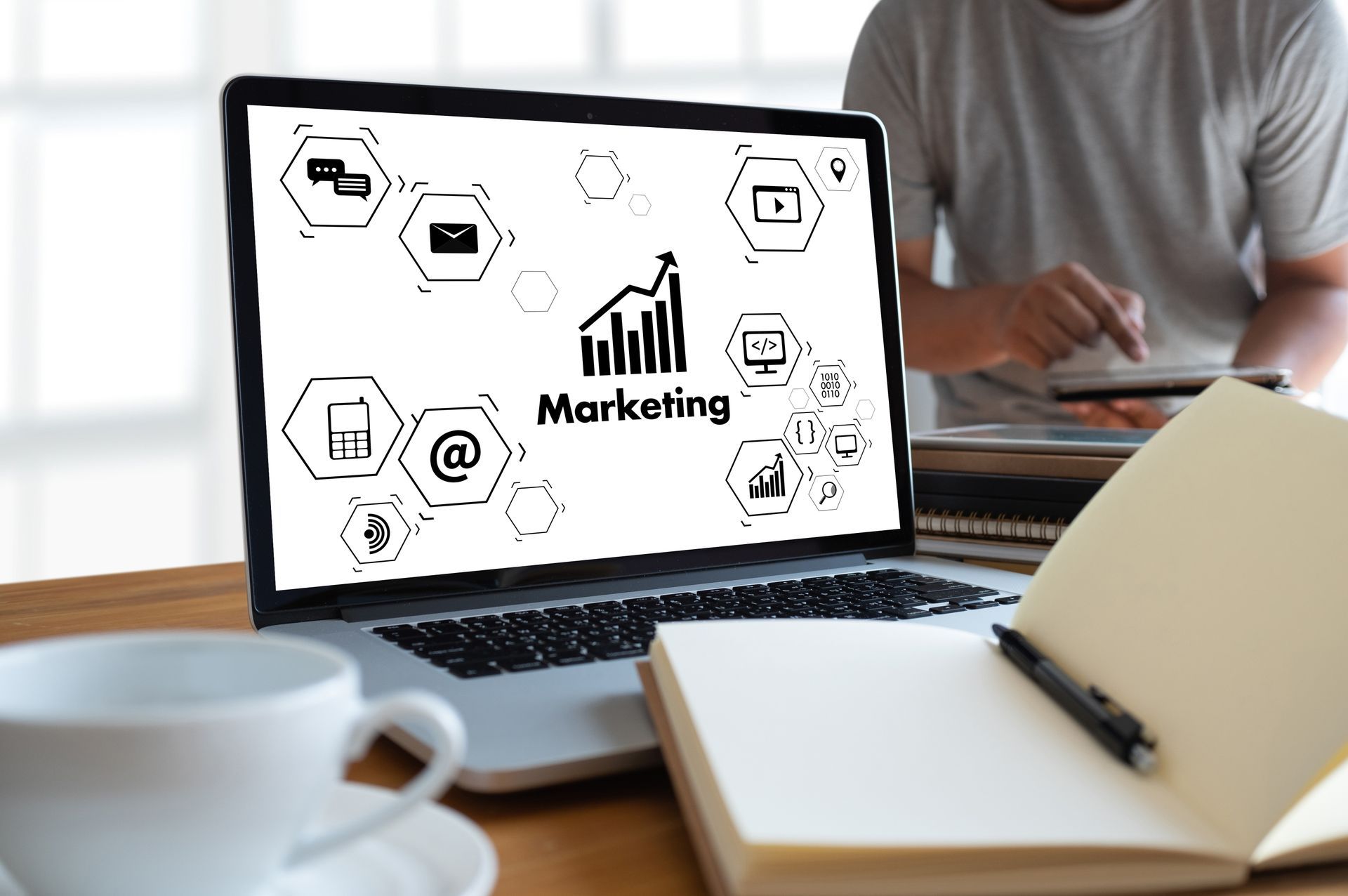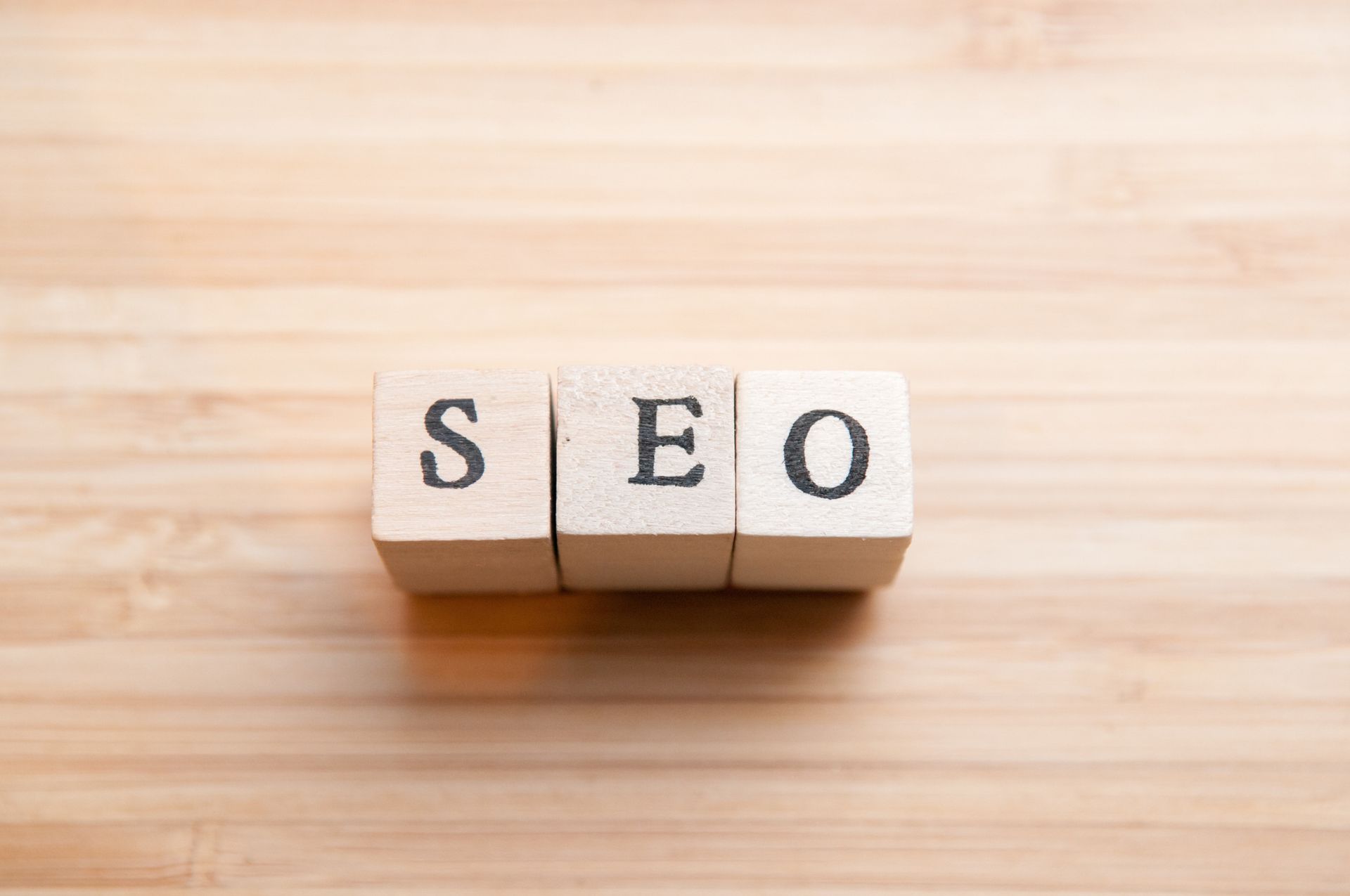How to Use Facebook Messenger to Slide into Your Customers’ DMs
When it comes to connecting with customers, gone are the days of one-size-fits-all emails or waiting for customers to visit your website. Facebook Messenger has emerged as a powerful marketing tool that allows businesses to engage with customers directly and in real-time. With over 1.3 billion active monthly users, Messenger offers businesses a unique opportunity to meet their customers where they are.
Whether you're a small boutique or a global brand, Messenger can help you create meaningful customer interactions, drive sales, and build relationships. This blog will walk you through the benefits of Facebook Messenger marketing, guide you on setting it up for your business, and equip you with content strategies and tools to maximize engagement.
Why Use Facebook Messenger for Marketing?
Facebook Messenger isn’t just a communication app; it’s a multifaceted tool that can enhance your marketing efforts and customer experience. Here's why businesses are incorporating it into their strategies:
1. Direct Communication
Messenger allows instant one-on-one communication with your customers, giving you the ability to quickly answer questions, solve problems, and nurture leads.
2. Personalized Experiences
Whether you're sharing product recommendations or exclusive offers, Messenger’s interactive features allow you to deliver content tailored to individual customer needs and preferences.
3. Immediate Support
Today's customers value quick responses. With Messenger, businesses can provide immediate customer service, reducing frustration and improving satisfaction.
4. Higher Engagement Rates
Compared to emails, messages sent via Messenger tend to have higher open rates and click-through rates, increasing the chances of converting users into customers.
How to Set Up Facebook Messenger for Your Business
Adding Messenger to your business toolkit is easier than you might think. Follow these steps to get started:
Step 1. Enable Messenger on Your Facebook Page
- Go to your Facebook Business Page settings.
- Under the “Messaging” tab, turn on Messenger and customize your settings.
Step 2. Add the Messenger Button to Your Page
Make it easy for customers to start a conversation. Add a prominent “Send Message” button to your page.
Step 3. Connect Messenger to Your Website
Install Facebook Messenger Chat Plugin on your site. This allows website visitors to ask questions, get support, or connect with you directly.
Step 4. Set Up Instant Replies
Use the automated response feature to greet customers as soon as they send a message. For example, “Hi there! Thanks for reaching out. How can we help you today?”
Content Strategies for Messenger Campaigns
Once you’ve set up Messenger, the key to success lies in how you use it to engage your audience. Here are some effective content strategies to explore:
1. Exclusive Promotions
Offer special discounts, time-sensitive deals, or promo codes that are only available through Messenger. This creates a sense of exclusivity and encourages customers to engage.
2. Product Updates
Keep your audience informed about new arrivals, restocks, or upcoming launches.
3. Personalized Recommendations
Send tailored product suggestions based on past purchases or browsing behavior.
4. Helpful Tips
Position yourself as a helpful resource by sharing how-to guides, tips, or industry insights that add value to your customers’ lives.
5. Post-Purchase Engagement
Follow up with customers after they’ve made a purchase. Ask about their experience or offer complementary product suggestions.
Make Automation Your Best Friend
Automation is a game-changer for Facebook Messenger marketing. It allows you to provide seamless customer service and run campaigns 24/7 without needing constant hands-on involvement.
Chatbots
AI-powered chatbots can handle common customer queries, recommend products, or process orders. Platforms like ManyChat and MobileMonkey are great tools to create custom bots for your business.
Quick Replies
Simplify communication by setting up pre-filled responses for commonly asked questions, such as store hours, shipping details, or return policies.
Automated Follow-Ups
Program follow-ups to re-engage customers who’ve abandoned their cart, notify them of new offers, or gather feedback after a purchase.
Engagement Techniques to Boost Interaction
To make Messenger marketing more dynamic, try incorporating these engagement tactics:
1. Interactive Quizzes
Create fun quizzes to help customers choose the right product for their needs. For example, “Which coffee roast suits your morning mood?”
2. Polls
Ask for opinions or preferences using polls. This engages customers while giving you valuable insights.
3. Visual Media
Include images, GIFs, or short videos to make your messages more attention-grabbing.
4. Event Invitations
Send personalized invites for upcoming events, sales, or webinars.
Build Relationships, One DM at a Time
Facebook Messenger isn’t just another marketing channel; it’s an opportunity to deepen customer relationships, foster loyalty, and stand out in your industry. With its versatile tools, automation features, and ability to deliver personalized experiences, Messenger can help you meet your customers where they are and make every interaction count.
Now that you know the power of Facebook Messenger marketing, it’s time to put it into action. Start small, test out different strategies, and track results to see what resonates with your audience. And remember, building meaningful customer connections is closer than you think—with just one DM.
Take the next step: If you’re ready to accelerate your business’s growth,reach out for a free, no-obligation consultation with GSD Profit Acceleration.
- Phone: 1-501-303-7477
- Email: bobby@gsdbusinesscoaching.com
